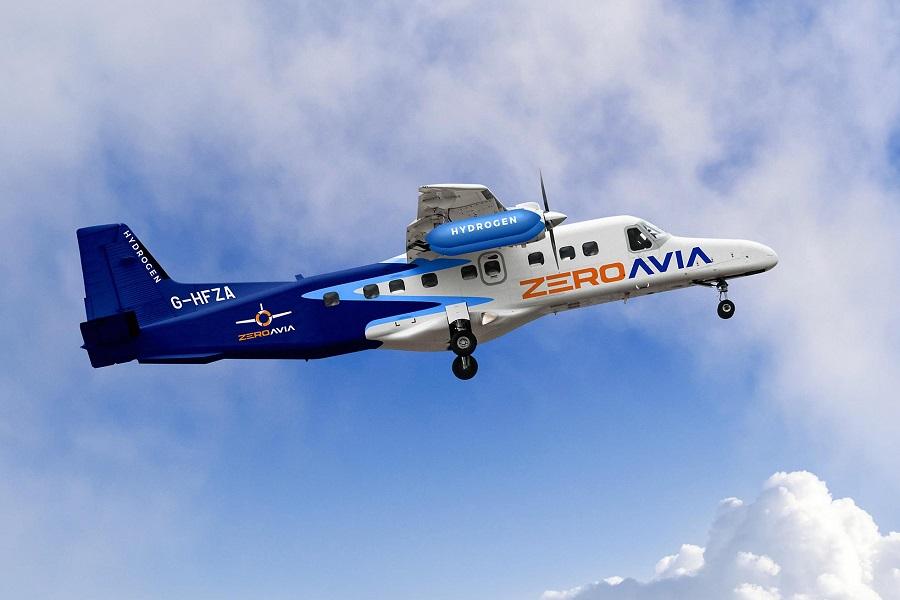ZeroAvia is pushing past its previous mishap, by moving to the next phase of development, with the Dornier 228. And they’re getting two of them!
A couple of months ago, ZeroAvia faced a substantial setback. Their Piper PA-46 Malibu test aircraft suffered substantial damage, when its crew attempted an off-field landing, having lost power. The company has since confirmed that the two crew suffered no injuries. And they also gave a bit more detail on the accident.

The aircraft landed on its wheels, and had already slowed down substantially, when it ran out of space. The damage occurred at low speed, at the end of the field. But while the airframe’s damage was extensive, the hydrogen and fuel-cell systems maintained their structural integrity, according to the company. ZeroAvia is investigating the incident, with the British AAIB, but they’ve already selected their next test aircraft: the Dornier 228.
ZeroAvia have actually secured not one but two Dornier 228 aircraft. From the outset, the company intended its next step to involve a twin aircraft of this size (10-20 seats). And the 19-seat Dornier 228 had already featured in the ZeroAvia website. Other companies embarking on similar projects, use the Britten-Norman BN-2 Islander. Next up, ZeroAvia will scale up further, to the ATR-72 or something similar.

ZeroAvia – Powering the Dornier 228
To make the 19-seat Dornier work using its hydrogen fuel-cell technology, ZeroAvia will have to develop a bigger motor. Again, this was part of the original plan. The PA-46 used a 250kW (340hp) motor. The Dornier aircraft will rely on two 600kW (816hp) motors. These are slightly more powerful than the Honeywell TPE331-10 turboprops, that the Do-228 normally has.
This time, development will continue in two different sites: one in Britain, the other in the USA. Each site will work on one aircraft. The Dornier 228 that ZeroAvia will work on in Britain, will come from Aurigny Air Services. This is a small airline from Guernsey, in the Channel Islands. The Hollister, California base of the company will work on an aircraft coming from AMC Aviation.

The 19-seat, Dornier 228 will form part of what ZeroAvia calls the HyFlyer II programme. The PA-46 phase was HyFlyer I. Both phases have backing from the UK Government, and the participation of more companies in the field. The company also has significant backing from private investors, as we have already seen. Most importantly, the HyFlyer II programme should lead to a certified power-train and aircraft.
Another story is that ZeroAvia will use a different base in the UK, for this new phase with the Dornier 228. Until now, the company worked out of Cranfield (EGTC). They will now move to Kemble (EGBP).

Finally, ZeroAvia is also taking part in Project HEART. This is short for Hydrogen-Electric & Automated Regional Transportation. It is another collaboration of multiple British-based businesses and academic institutions. One of the participants is Britten-Norman, who will be supplying… a BN-2 Islander. Both projects will use ZeroAvia’s hydrogen power-train, using pressurized hydrogen.



